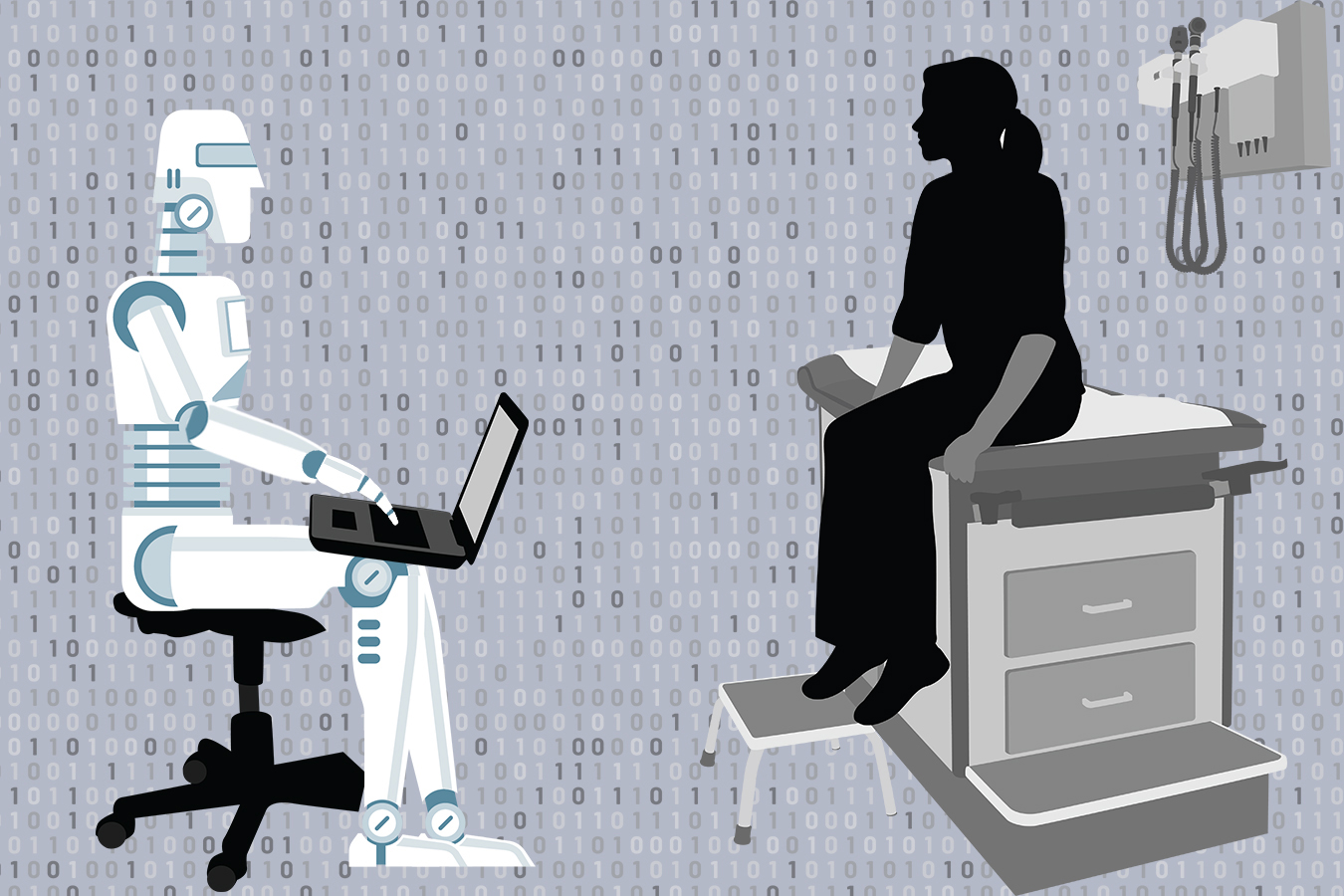Carlson, R.W., Bigman, Y.E., Gray, K. et al.
Nat Rev Psychol (2022).
https://doi.org/10.1038/s44159-022-00071-x
Abstract
When people judge acts of kindness or cruelty, they often look beyond the act itself to infer the agent’s motives. These inferences, in turn, can powerfully influence moral judgements. The mere possibility of self-interested motives can taint otherwise helpful acts, whereas morally principled motives can exonerate those behind harmful acts. In this Review, we survey research showcasing the importance of inferred motives for moral judgements, and show how motive inferences are connected to judgements of actions, intentions and character. This work suggests that the inferences observers draw about peoples’ motives are sufficient for moral judgement (they drive character judgements even without actions) and functional (they effectively aid observers in predicting peoples’ future behaviour). Research that directly probes when and how people infer motives, and how motive properties guide those inferences, can deepen our understanding of the role of inferred motives in moral life.
From Summary and future directions
Moral psychology has long emphasized the importance of actions and character in moral judgements. However, observers frequently go beyond judging actions and seek to understand peoples’ motives. Moral psychology paradigms often feature cues to motives which carry moral weight, such as an agent’s desire to harm others physically, or their lack of motivation to pre-vent harm to others. The inferences people draw about others’ motives are crucial for moral judgement in two respects. First, the mere presence of certain motives can drive moral judgements of character, even in the absence of any action. Second, inferred motives shape what an agent’s actions reveal about their character to observers, and thereby allow observers to better pre-dict others’ future actions. To integrate past work and guide future research in moral psychology, we reviewed research connecting motives with actions, character and other key constructs. These insights can enrich our understanding of moral judgement, and shed light on emerging social phenomena that are relevant to moral psychology (see Box 1). The motive properties reviewed (motive strength, direction and conflict), as well as motive and action multiplicity, offer a guide for future work.
From Box 1
Motives and emerging social challenges researchers and ethicists are expressing growing concern about autonomous technologies and their rapidly increasing role in human life. robots and other artificial agents are perceived as less driven by motives than humans. these agents are increasingly tasked with decisions that have moral implications, such as allocating scarce medical resources, informing parole decisions and guiding autonomous vehicles. understanding the influence of motives in moral judgement can shed light on how the motiveless existence of artificial agents influences how people respond to the decisions of such artificial agents. On the one hand, people are averse to having artificial agents make morally relevant decisions, which can be explained by people perceiving robots as lacking helpful motives. On the other hand, people see artificial agents as less capable of discrimination, and are less outraged when they do discriminate, which can be explained by people perceiving robots as lacking harmful motives, such as prejudice.
















